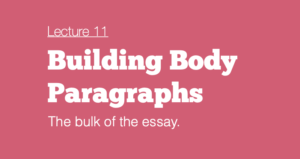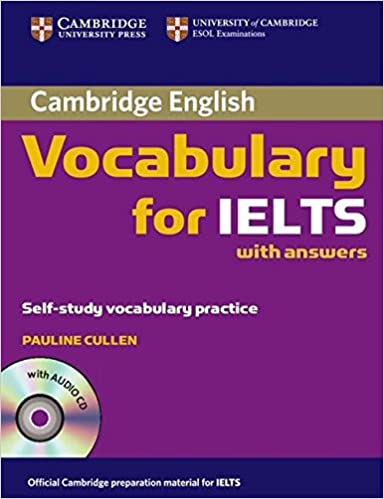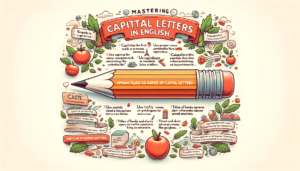 Ebinstein
Ebinsteinこんにちは。英語がネイティブのように話せるようになりたいEbinsteinです。



今日はアポストロフィの使い方です。
英語のアポストロフィ(’)の使い方は主に2つあります:
- 所有格の表現:
- 単数形の名詞には、名詞の後にアポストロフィと「s」を付けて所有格を作ります。
例:「a dog’s tail」(犬の尾)、「the teacher’s book」(先生の本)。 - 複数形で「s」で終わる名詞には、名詞の後にアポストロフィのみを付けて所有格を作ります。
例:「the dogs’ tails」(犬たちの尾)、「the teachers’ room」(先生たちの部屋)。 - 複数形で「s」で終わらない名詞には、名詞の後にアポストロフィと「s」を付けます。
例:「the children’s toys」(子供たちのおもちゃ)、「the women’s restroom」(女性用トイレ)。
- 単数形の名詞には、名詞の後にアポストロフィと「s」を付けて所有格を作ります。
- 短縮形(省略形)の表現:
- 文字や音を省略する際にアポストロフィを使用します。
例:「do not」を「don’t」、「is not」を「isn’t」、「I am」を「I’m」のように短縮します。 - また、話し言葉でよく使われる省略形もあります。
例:「going to」を「gonna」、「want to」を「wanna」と表記する場合がありますが、これらは非公式の表現で、正式な文書では避けるべきです。
- 文字や音を省略する際にアポストロフィを使用します。
アポストロフィの使い方には注意が必要で、特に所有格と短縮形の区別、複数形名詞の所有格の表記には注意が必要です。
また、所有格を示す際に「it’s」(it isの短縮形)と「its」(所有格)を混同しないように気をつけましょう。



IETLS Writingで7.0を超えるためには、文法のミスを極力減らし、論理的に話を展開していくことが必須です。


アポストロフィの問題
了解しました。英語上級者向けに、アポストロフィの使い方に関する2択の問題を以下に作成します。いずれの選択肢も正しい、または間違っている場合があります。
1.Which of the following sentences uses apostrophes correctly?
A: “Its a beautiful day in the neighborhood.”
B: “It’s a beautiful day in the neighborhood.”
2.How should you show possession for the singular noun “Chris”?
A: “Chris’ book is on the table.”
B: “Chris’s book is on the table.”
3.Which sentence correctly uses an apostrophe for a contraction?
A: “Who’s going to the party tonight?”
B: “Whose going to the party tonight?”
4.How do you correctly write the plural possessive form of “child”?
A: “Childrens’ toys are scattered everywhere.”
B: “Children’s toys are scattered everywhere.”
5.Which option correctly uses apostrophes for both possession and a contraction in the same sentence?
A: “The dog’s lost its collar again.”
B: “The dogs lost it’s collar again.”
6.How should you show possession for the compound noun “sister-in-law”?
A: “My sister-in-law’s car is new.”
B: “My sister’s-in-law car is new.”
7.Which sentence correctly uses an apostrophe to form a contraction for “you are”?
A: “Your right about the changes.”
B: “You’re right about the changes.”
8.How do you correctly show possession for the plural noun “women”?
A: “Womens’ club is meeting today.”
B: “Women’s club is meeting today.”
9.Which sentence correctly uses an apostrophe to indicate missing letters in a colloquial expression?
A: “I’m gonna go to the store.”
B: “Im gonna go to the store.”
10.How should you write the possessive form for the name “James”?
A: “James’ book was interesting.”
B: “James’s book was interesting.”
解答
- B (正しい: “It’s”は”It is”の短縮形)
- どちらも受け入れられますが、スタイルガイドによってはBを推奨することがあります。
- A (正しい: “Who’s”は”Who is”の短縮形)
- B (正しい: 複数形の”children”に所有格をつける場合は”children’s”)
- A (正しい: “The dog’s”は所有格、”it’s”は”It has”の短縮形)
- A (正しい: 複合名詞の所有格は最後の単語にアポストロフィをつけます)
- B (正しい: “You’re”は”You are”の短縮形)
- B (正しい: 複数形の”women”に所有格をつける場合は”women’s”)
- A (正しい: “gonna”は口語で”going to”の省略形、”I’m”は”I am”の短縮形)
- どちらも受け入れられますが、スタイルガイドによってはAまたはBを推奨することがあります。



できたかな?IELTSのスコアアップのために小さなミスは命とりです。しっかり練習しておきましょう



「勝負の神は細部に宿る」といいますからね.










コメント